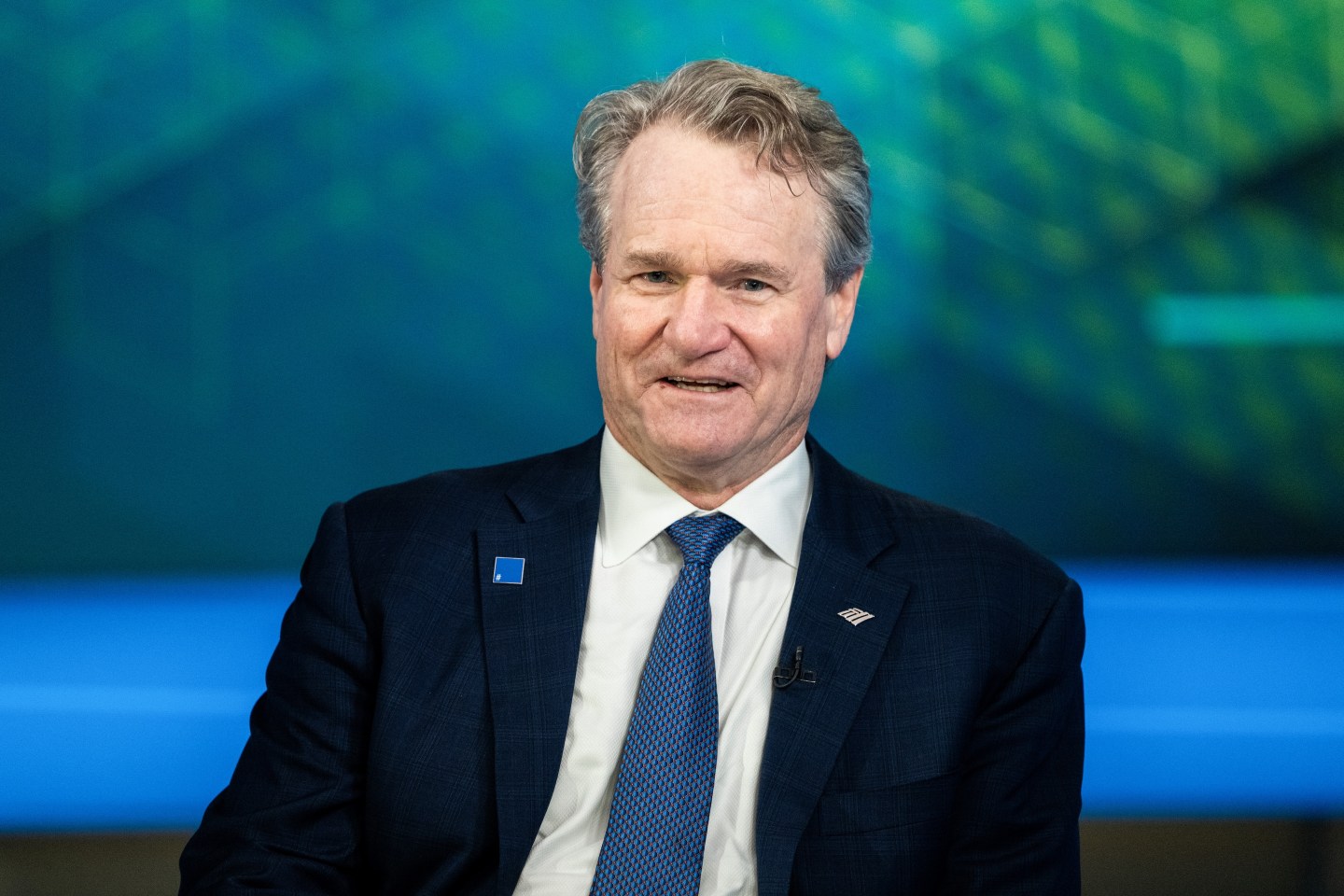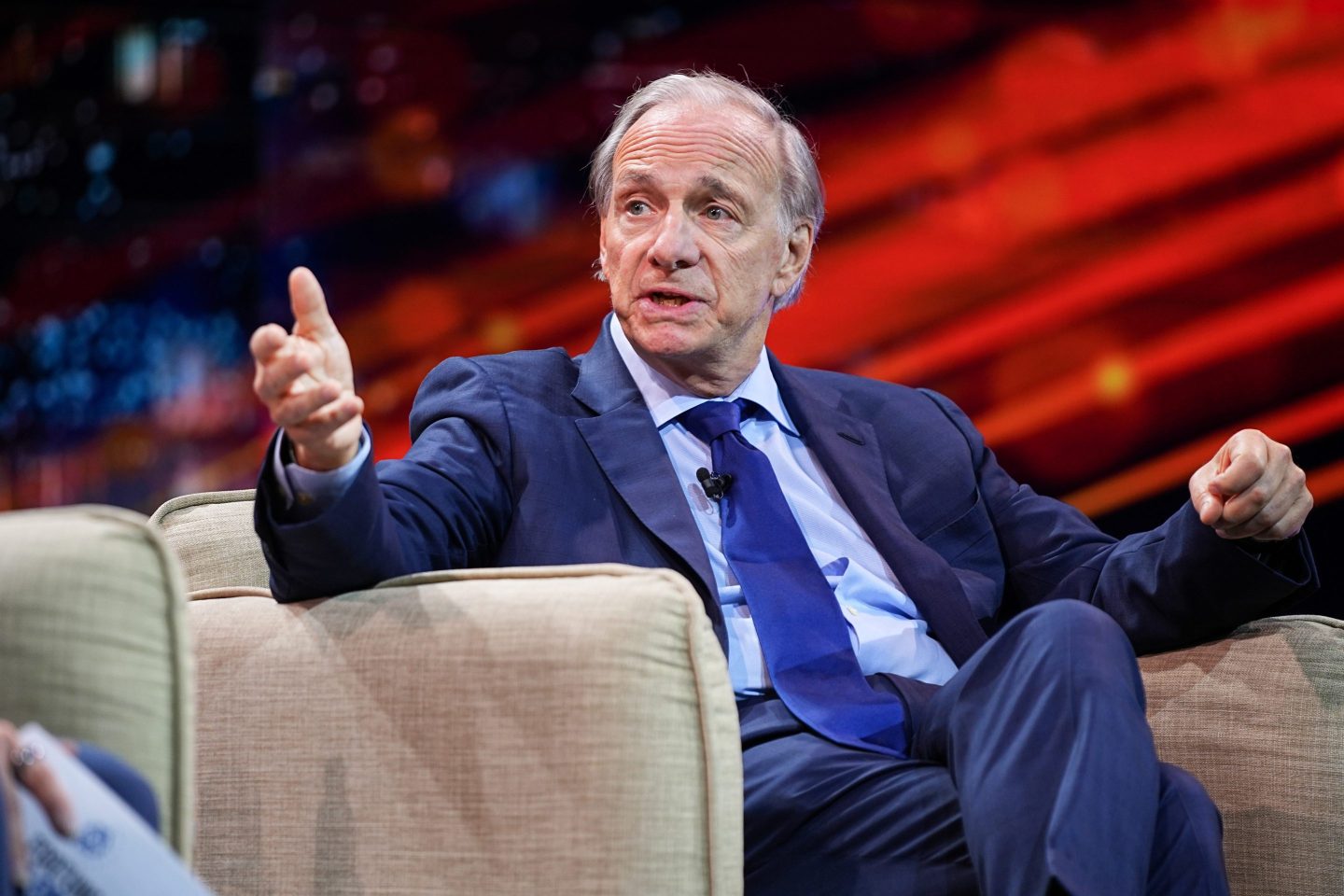A leading Wall Street strategist is doing some calculations about the total value of U.S. stocks rocketing to a staggering 363% of GDP as of last Friday, blowing past the infamous 212% mark reached during the dotcom bubble. It’s a warning if you think it’s unsustainable, but David Kelly, chief global strategist for JP Morgan Asset Management, notes that the bull market is truly epic, “stretching, with some interruptions, all the way back to the 1980s.”
The market’s seemingly unstoppable rise—driven largely by feverish enthusiasm for artificial intelligence, a few mega-cap tech stocks, and lofty price-to-earnings (P/E) multiples—has set off a heated debate about whether investors are now perched on the edge of another historic bubble.
The S&P 500’s relentless march has led to some of the most expensive stock prices on record. As recently as August, Fortune‘s Shawn Tully reported, the index reached a record close at 6,501, sending its trailing P/E ratio (using actual GAAP earnings, not wall-street projections) to 30x. Tully noted that this territory has been seen only during rare moments in market history, including the tech frenzy from 1999 to 2002, and briefly in recent crises when earnings collapsed. For context, investors were getting $5 of earnings for every $100 invested as recently as 2022; today, they’re getting just $3. What’s striking is that earnings themselves have barely kept up with inflation, meaning that the epic climb in stock prices has come almost entirely from surging multiples, rather than corporate profit growth.
Kelly offered his own calculation in a Monday analyst note, “Checking the Foundations of a Roaring Bull Market.” Until the start of this epic, multi-decade rally, the value of all U.S. equities had averaged 72% of GDP between the third quarter of 1955 and the third quarter of 1985. What has transpired since has been remarkable, Kelly writes, and “the biggest part of market gains have not come from economic growth but rather from a rising profit share of GDP and higher P/E multiples.” Kelly adds that the “scaffolding supporting this roaring bull market” is “increasingly lofty”—and possibly unsustainable.
Kelly’s thesis fits with warnings from several commentators about a “financialization” of the U.S. economy since the age of Ronald Reagan in the 1980s. Financial Times columnist Rana Foroohar, then of Time, wrote a book on the subject called “Makers and Takers,” and touched on the evidence everywhere in the zeitgeist that financial performance had become detached from fundamentals. “The Big Short,” Adam McKay’s adaptation of the Michael Lewis non-fiction classic, was a key piece of evidence. These dynamics were memorably captured on cinema during the actual 1980s, in Oliver Stone’s classic “Wall Street,” which included the memorable line: “Greed is Good.”
AI hype: bubble or breakthrough?
Much of this valuation mania is focused on AI and tech. The recent launch of GPT-5, greeted as a potential revolution, failed to live up to the wildest expectations, fueling tech-sector jitters and a $1 trillion sell-off in the S&P 500 during the summer. Veteran AI critic Gary Marcus points to the dismal 95% failure rate of generative AI projects in industry and a market psychology reminiscent of previous manias—where “smart people get overexcited about a kernel of truth” and disconnect from reality. Apollo Global Management’s chief economist Torsten Slok and others have argued that today’s S&P 500 leaders, especially AI-driven giants, are even more overvalued relative to their fundamentals than their 1990s dotcom counterparts.
Data center investments have soared—so much so that their contribution to GDP growth in early 2025 has matched that of all consumer spending, raising concerns that companies are overcommitting to a trend that may not deliver near-term profits. AI unicorn valuations have ballooned to $2.7 trillion, but with limited industrywide revenue and profits, raising worries about whether the boom is sustainable.
Federal Reserve chair Jerome Powell recently told reporters that the central bank was seeing “unusually large amounts of economic activity” related to the buildout of AI infrastructure in the form of data centers. Of course, the multiples are most outsized in the tech sector, specifically the AI stocks driving the heavily concentrated S&P 500, such as the world’s most valuable company, Nvidia.
Weakening economic foundations
Worryingly, these record highs are being notched against a backdrop of tepid economic growth and signs of labor market trouble. July’s jobs report showed just 73,000 new hires, while the past three months saw only 106,000 net new jobs—a fraction of last year’s pace. GDP growth is languishing at an annualized rate of 1.75% for the first half of 2025, down sharply from late 2024 and well below the levels needed to tame the swelling federal debt. Such sluggish growth further undermines the case for current equity valuations, which have been driven almost exclusively by rising multiples, not improved corporate performance.
For ordinary investors, this means a very costly catch: stock prices are high because they’ve bid up the same dollar of corporate profit to levels seen only in the wildest days of the dotcom or pandemic run-ups. As the bull market floats higher and higher above underlying economic growth, seasoned strategists recommend preparing portfolios for turbulence by diversifying beyond U.S. mega-caps, increasing exposure to international stocks, core fixed income, and alternatives.
Kelly is sanguine about what may happen, reasoning that the bull market has run longer than anyone could ever expect, so prognosticating is difficult at this point, while advising diversification as a sound strategy. Still, the data is remarkable. Between 3Q55 and 3Q85, he finds, the S&P500 provided an 8.8% total return each year, on average, including dividends. “In the 40 years since, it has returned an astounding 11.6% per year.”
For this story, Fortune used generative AI to help with an initial draft. An editor verified the accuracy of the information before publishing.













